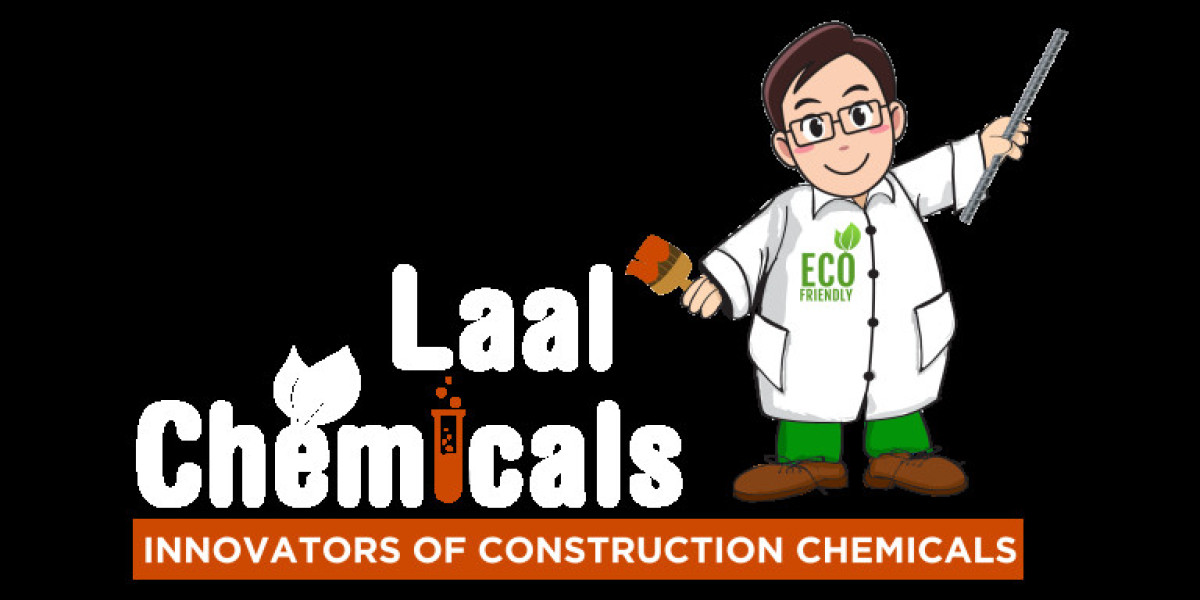ISO 45001 is the global standard for Occupational Health and Safety (OHS) management systems, offering a structured framework for organizations to identify, assess, and mitigate risks related to employee health and safety. Achieving ISO 45001 certification is a significant accomplishment for any organization, as it helps prevent workplace accidents, injuries, and illnesses. However, the success of ISO 45001 implementation relies heavily on the role of internal auditors who monitor, assess, and ensure the effectiveness of the system.
In this essential guide, we’ll explore ISO 45001 from the perspective of an internal auditor. We’ll break down the key principles, the auditing process, and the core elements of the ISO 45001 standard to provide you with a comprehensive understanding of how to carry out effective internal audits and contribute to the improvement of workplace health and safety.
What is ISO 45001?
ISO 45001 was published in March 2018 and provides a framework for organizations to improve employee safety, reduce workplace risks, and create a safer working environment. The standard focuses on proactive risk management, leadership commitment, and continuous improvement in OHS performance. It replaced OHSAS 18001 and follows the High-Level Structure (HLS), which aligns with other ISO management system standards, making integration with systems like ISO 9001 (Quality Management) and ISO 14001 (Environmental Management) easier.
Key Objectives of ISO 45001
Before diving into the auditing specifics, it's essential to understand the core objectives of ISO 45001:
- Prevent workplace injuries and ill-health: Establish and maintain a proactive approach to managing OHS risks.
- Compliance: Ensure compliance with local, national, and international health and safety regulations.
- Employee involvement: Engage workers at all levels of the organization to identify and mitigate risks.
- Continuous improvement: Foster a culture of ongoing safety enhancements through monitoring, auditing, and feedback.
Core Components of ISO 45001
ISO 45001 follows the High-Level Structure (HLS) which is consistent across all ISO management system standards. The main components of the standard include:
- Context of the Organization
Understanding the internal and external factors that impact your OHS management system (OHSMS) is crucial. This includes considering regulatory requirements, industry risks, societal concerns, and organizational culture. - Leadership and Worker Participation
Effective leadership and active worker participation are essential for a successful OHSMS. Senior management must demonstrate commitment to safety and allocate necessary resources, while workers should be actively involved in safety decision-making. - Planning
A key element of ISO 45001 is planning. This involves identifying health and safety hazards, assessing risks, setting objectives, and developing action plans to mitigate those risks. - Support
This includes ensuring that adequate resources (financial, human, technological) are available, that employees are properly trained, and that communication channels are open for safety-related matters. - Operation
The operations component involves implementing the safety measures identified during the planning phase, including risk controls, emergency preparedness, and ensuring ongoing management of changes in the workplace. - Performance Evaluation
Monitoring, measuring, and evaluating the effectiveness of the OHSMS are key to ensuring it achieves the desired results. This includes conducting internal audits, management reviews, and measuring performance against established safety objectives. - Improvement
ISO 45001 emphasizes continuous improvement. It’s not enough to simply comply with regulations; organizations should seek to improve their OHSMS by identifying non-conformities, correcting issues, and preventing their recurrence.
The Role of an ISO 45001 Internal Auditor
Internal auditors are integral to ensuring that an organization’s OHSMS is working effectively and continuously improving. They assess compliance, identify risks, verify the effectiveness of safety controls, and ensure that the organization adheres to ISO 45001’s requirements. The role involves more than just checking for compliance; auditors should also look for opportunities for improvement.
Find out more about Key Responsibilities of an ISO 45001 Internal Auditor here - Why Internal Audit of ISO 45001 Occupational Health and Safety Management System is Important?
The ISO 45001 Internal Audit Process
The process of conducting an internal audit for ISO 45001 involves several key stages, including planning, conducting, reporting, and following up. Below given page provides detailed breakdown of these steps:
Key Steps in ISO 45001 Occupational Health & Safety Management System Internal Audit
Conclusion
ISO 45001 is an essential standard for managing workplace health and safety risks, and internal auditors play a crucial role in ensuring that the system works effectively. Understanding the core components of ISO 45001, the auditing process, and best practices for conducting audits will enable you to contribute to the ongoing improvement of your organization’s safety culture.
By becoming proficient in ISO 45001 auditing, you help your organization maintain a safe and healthy workplace while meeting compliance requirements and continually improving safety standards. Whether you are an experienced auditor or just beginning your journey, mastering ISO 45001 is a valuable skill that directly impacts the well-being of employees and the success of the organization.



